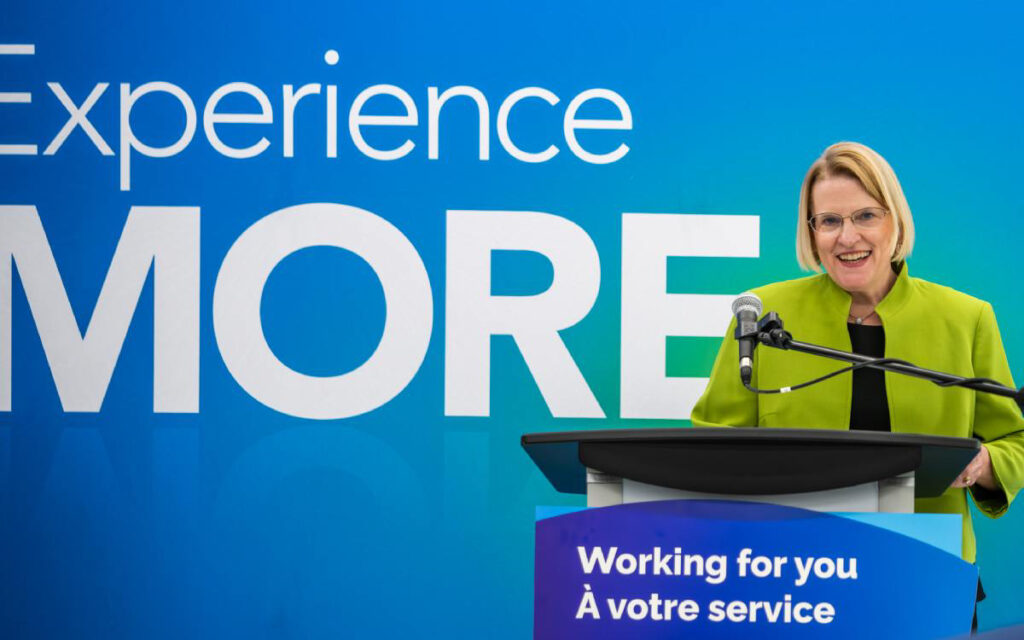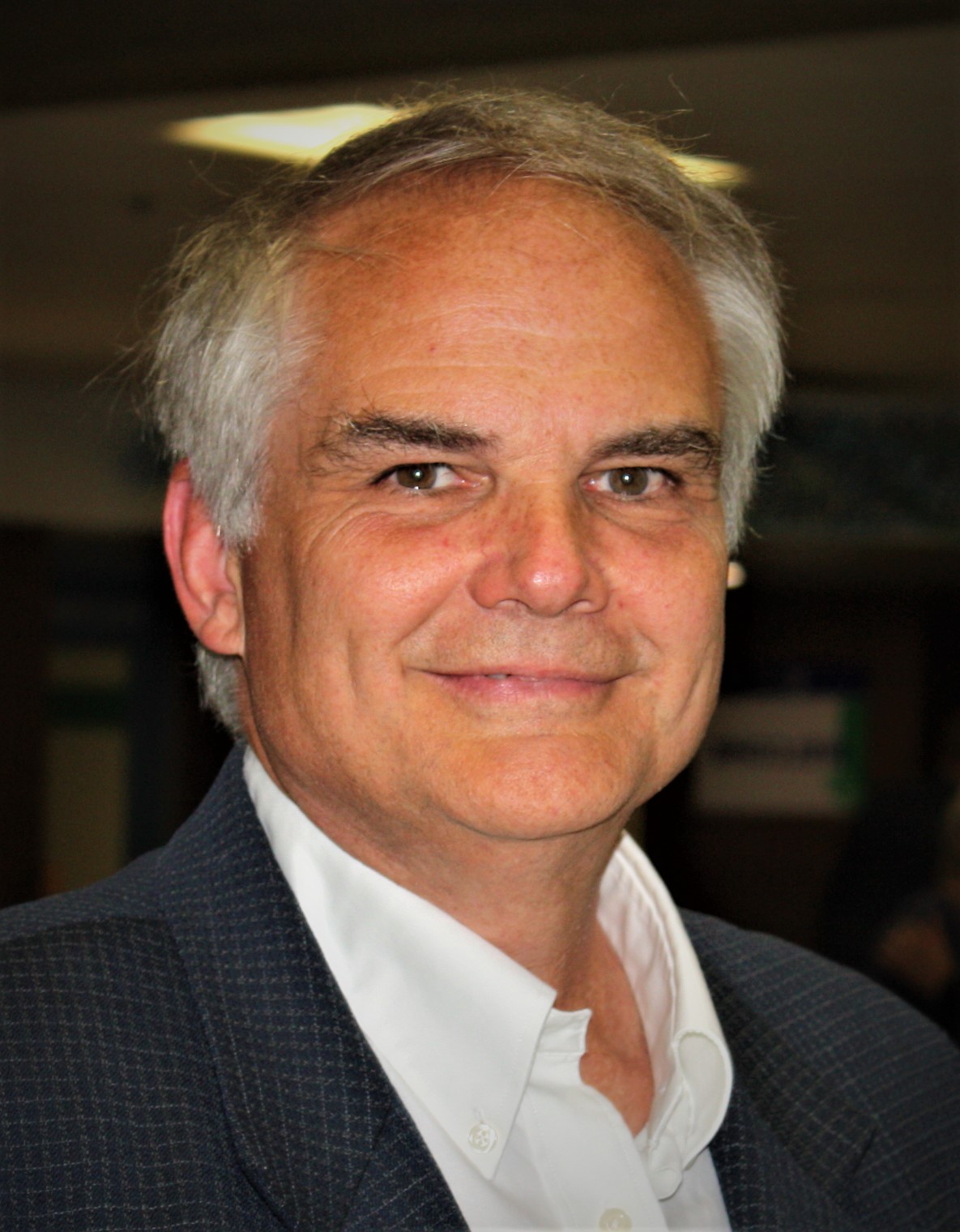
The federal government must step up to provide its fair share of money to resuscitate Canada’s public health care system. The provinces must make best use of the money to increase Canadians’ access to primary care and to ensure family physicians are given the respect they deserve at the centre of the health care system. Pictured: Ontario Deputy Premier and Minister of Health Sylvia Jones. Photo Credit: X/Sylvia Jones.
On a personal note, I am pleased to be at the keyboard today pounding out my weekly federal news column for the Niagara Independent. On Sunday I was hospitalized with a gallbladder attack complicated by pancreatitis when a wayward stone(s) lodged in my pancreas. It has been a long week but thanks to the exemplary care of the surgeon and nurses, and the medical technicians in the labs, x-ray and MRI departments, as well as the countless helpful hospital workers and volunteers, I am home writing again.
A great deal is continuously being reported on the challenges facing Canadian health care – and my intimate exposure to the health care system these past few days has provided me new appreciation for what is at stake. The Canadian Medical Association issued a statement last month that urged governments to immediately take action to rebuild the health care system, as both patients and health care professionals are suffering under the present conditions. This strained feeling is widespread.
Still, one doctor who was reviewing my gallbladder issues a few weeks back observed: “Our health care system is broken; however, it is still there for people who need it.” Another family physician put it to me this way: “There are many problems with the system and people accessing care, but it is at its best when patients require emergency care.” And I will add that the excellence found within our health care “system” at a time of need is the direct reflection of the excellence of Canadian medical professionals and health care workers. Certainly, we owe a debt of gratitude to these individuals.
On the day of my surgery, Dr. Tara Kiran, a family doctor and scientist at St. Michael’s Hospital in Toronto, was releasing a comprehensive national survey on the underlying perceptions of the state of the health care system. The survey report entitled “Primary Care Needs OurCare” found Canadians generally felt “proud” of the country’s health care but many believe the system has failed on its promise to deliver universal, quality health care in a timely manner. The frustration stems from the fact that an estimated 22 per cent of Canadian adults, about 6.5 million people, do not have a family doctor or nurse practitioner.
In an interview with CBC News, Dr. Kiran stated: “Primary care is falling short. Far too many people don’t have access to what is the front door to the health-care system. We’re a country of have and have-nots. So many people have absolutely nothing — no access — and I think that’s shameful, actually.”
From its findings, the OurCare report asserts that it is essential for all Canadians to have some sort of relationship with a primary care clinician. It contends that the way to solve access to primary care issues is to bring in more doctors and nurse practitioners. The report’s concluding words may be simply stated but should serve as a clarion directive for our federal and provincial elected representatives and government bureaucrats: “Everyone in Canada should be able to access the primary care they need – the care they deserve – regardless of circumstance or ability.”
The national survey findings underline the arguments currently being advanced in a series of articles by Dr. Merrilee Fullerton, former minister of long-term care in the Ontario government. (Full disclosure: Dr. Fullerton is a friend, who I am currently assisting with the edit of her soon-to-be-released book that, in part, looks at the reform of Canada’s health care system). Fullerton states family physicians are “pivotal to effective reform,” serving as the critical link for the efficient flow of patients between community and hospital care.
She criticizes governments’ current approach that has depreciated the significant role of the family physician: “Tinkering around the edges for the past forty years as many governments have repeatedly done hasn’t worked to control costs or to provide timely access. We are where we are today because multi-billion-dollar solutions proposed to date by health care bureaucrats, consultants, lobbyists, representative physician groups, and political campaign strategists haven’t worked to create the access to care to meet demand. Neither have a myriad of regulatory changes and task forces.”
Fullerton is also critical of governments’ view that family physicians are merely considered to be “cost drivers to the system,” something that she reasons has been a detriment to effective health care reform in Canada. As the OurCare report concluded, Fullerton also sees that the solution to improving the country’s health care challenges is to increase the number of physicians — and to ensure the role of family physicians is placed at the very centre of the reform effort. She also asserts that any effective reform will require greater amounts of money: “Let’s strip away the political-speak: it’s about the money. It always was. As long as we have a finite single payer system, it always will be.”
For decades, the core political debate on the country’s health care system has been one of money. The provinces have insisted the federal government must boost its health care transfers to begin paying “a fair share” for the increasing health care costs in Canada. When Tommy Douglas first introduced Canadian Medicare it was understood that the federal government was to cover 50 per cent of health care costs. Through the decades that number has been whittled down to 35 per cent. However, today the federal government is covering only 22 per cent of the total cost of Canadian health care. There is a serious gap of tens of billions of dollars between what the federal government pays annually and the 35 per cent it should be paying into the country’s health care system.
The strain on the system as a result of this cash shortfall is evident: overcrowded “code orange” hospitals, resulting in a disarray in wait rooms, hallway gurneys, and restricted or closed ORs. Selective surgeries are cancelled, and mental health services are not available. Medical staff are stretched, and nurses and PSWs are tired and discouraged. And most significantly, a growing number of Canadians cannot obtain a family doctor — as the OneCare findings confirmed.
Bottom line is that, without the federal government increasing the health transfers, the provinces remain cash-strapped, and the country’s public health care system is threadbare and challenged to meet even the most basic health care needs of Canadians.
More to the point made by Doctors Kiran and Fullerton, recent data published in the Canadian Medical Association Journal reveals “Canada spends less of its total health budget on primary care than the average among OECD countries.” In this data, some of the highlighted lessons for Canada to draw from its peer countries include providing “a higher proportion of total health spending on primary care” and “more physicians per capita.”
Recall earlier this month Prime Minister Justin Trudeau and Ontario Premier Doug Ford grinned before the cameras at the announcement of $3.1 billion to fund 78 new primary care health teams, including family doctors, nurse practitioners, nurses, pharmacists and social workers. This transfer of funds is for three years and is part of the 10 year/$25 billion agreement reached between Ontario and the federal government.
Big numbers indeed, but not nearly enough and considerably short of the 35 per cent of actual health care costs in a province with such a growing and aging population. Still, the pertinent question to improving our health care system is: “How much of this funding will be channeled into increasing the number of family physicians?”
The former president of the Ontario Medical Association, family physician Dr. Nadia Alam, perhaps put it best when she said the $3.1 billion needed to be invested wisely. She stated in a CBC Radio interview: “Our health-care system is in dire straits and right now it feels like we are moving the furniture around while the house is on fire. When the province spends money wisely, and carefully, injecting it not just to put out fires but to actually think long term, we have the potential to do so much to save a very broken health care system.”
The federal government must step up to provide its fair share of money to resuscitate Canada’s public health care system. The provinces must make best use of the money to increase Canadians’ access to primary care and to ensure family physicians are given the respect they deserve at the centre of the health care system. In this way, Canadians will be able to again have confidence that the system will be there to meet their basic health care requirements in a timely manner.
May I take this opportunity to express my gratitude to all the individuals who responded to my emergency and made my encounter with “the system” such a positive one.

Chris George is an advocate, government relations advisor, and writer/copy editor. As president of a public relations firm established in 1994, Chris provides discreet counsel, tactical advice and management skills to CEOs/Presidents, Boards of Directors and senior executive teams in executing public and government relations campaigns and managing issues. Prior to this PR/GR career, Chris spent seven years on Parliament Hill on staffs of Cabinet Ministers and MPs. He has served in senior campaign positions for electoral and advocacy campaigns at every level of government. Today, Chris resides in Almonte, Ontario where he and his wife manage www.cgacommunications.com. Contact Chris at chrisg.george@gmail.com.




















